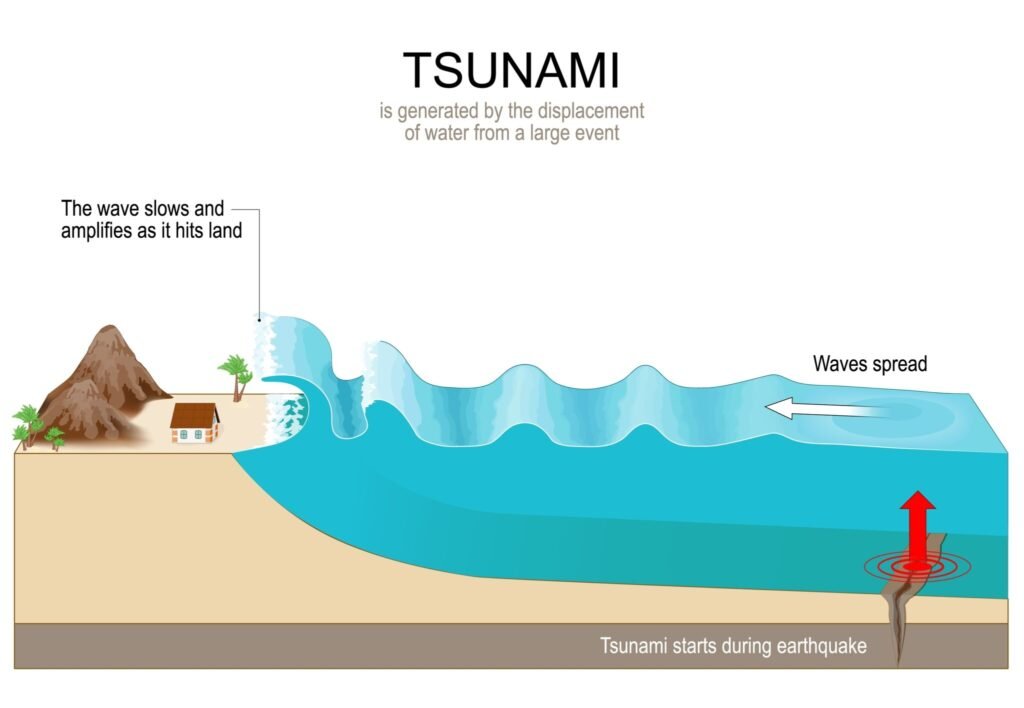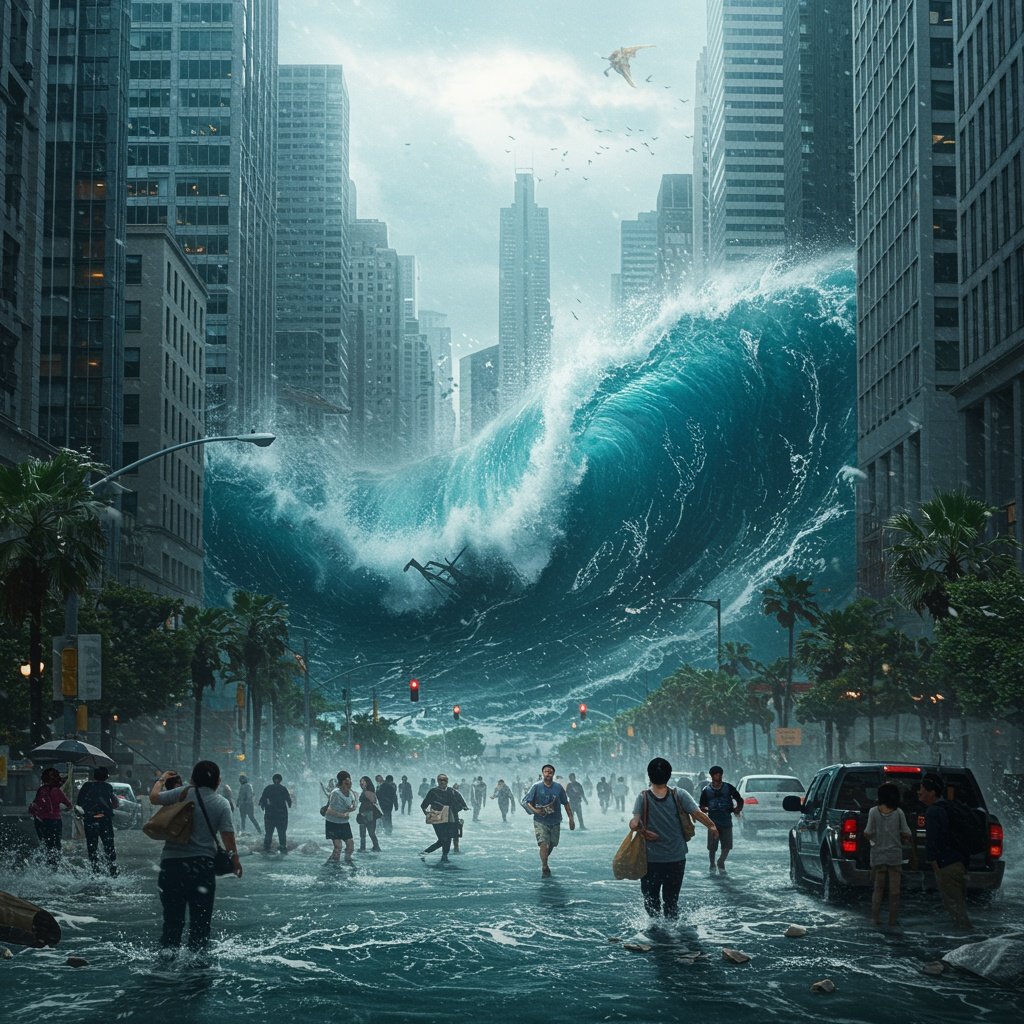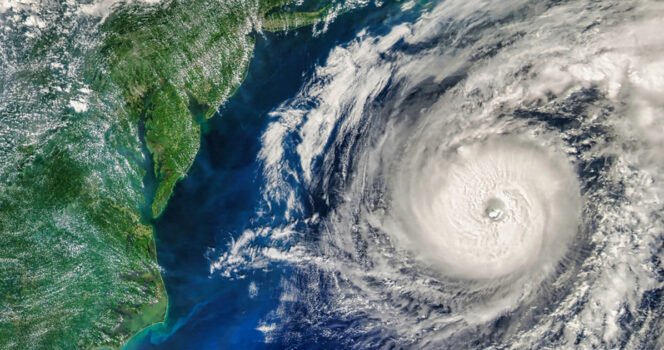Imagine waking up one morning and finding the ocean rushing toward your neighborhood. According to scientists, that terrifying scenario isn’t just the stuff of movies it’s a real possibile in three U.S. regions.
Scientists Warn of Possible “Mega Tsunami” Threat to U.S. West Coast
Researchers are raising serious concerns about a looming natural disaster that could devastate entire communities from Northern California to Washington State with Alaska and Hawaii also at significant risk.
At the center of the alarm is the Cascadia subduction zone, a dormant but dangerous fault line capable of producing a massive earthquake. Experts say the situation could be worsened by rising sea levels, creating the potential for a catastrophic “mega tsunami.”
What Is the Cascadia Subduction Zone?
This fault stretches from Northern Vancouver Island in Canada down to Cape Mendocino in California. A major quake along this line could trigger widespread land collapse and set off a colossal tsunami powerful enough to engulf entire towns.
A new study published in the Proceedings of the National Academy of Sciences highlights the threat. Researchers from Virginia Tech found that an earthquake in this region could cause land to subside by as much as 6.5 feet, significantly increasing the reach of coastal floodplains.
“The expansion of the coastal floodplain following a Cascadia subduction zone earthquake has not been previously quantified,” said Tina Dura, lead author of the study and assistant professor at Virginia Tech. “The impacts to land use could significantly increase the timeline to recovery.”
A 15% Chance Within 50 Years
What makes this particularly alarming is the estimated 15% probability of a magnitude 8.0 or greater earthquake striking this fault within the next 50 years, according to experts.
Why It Matters
Large earthquakes and related events like landslides or volcanic eruptions can displace huge volumes of ocean water, generating so-called “mega tsunamis.” Unlike ordinary waves, these walls of water can reach hundreds of feet in height and travel with devastating speed, obliterating everything in their path.
In the Pacific Northwest, the biggest concern isn’t just the initial shaking. It’s the cascading effects: land subsidence, massive waves, and long-term destruction. The threat is real and the consequences could be catastrophic.

“Cascadia is unlike anywhere else,” said Dura. “While it’s not densely populated, nearly every estuary hosts a community and all of them sit directly in the subsidence zone.”
She added, “In fact, I believe the subsidence here could have far greater consequences than what we’ve seen in other recent major earthquakes around the world.”
Alaska and Hawaii Face Serious Risk Too
Alaska, already prone to powerful earthquakes and unstable terrain, is becoming even more vulnerable as melting glaciers destabilize the landscape. This process loosens rocks and increases the likelihood of massive landslides, according to The Daily Mail.
Hawaii also carries a dangerous legacy. Around 105,000 years ago, a massive volcanic collapse triggered a mega tsunami that sent a 1,000-foot wave crashing into the island of Lanai. Scientists warn that similar catastrophic events could happen again.

The Threat Is Still Very Real
Mauna Loa and Kilauea two of Hawaii’s most active volcanoes continue to reshape the islands with molten lava and shifting, unstable terrain. As recently as May 16, Kilauea was actively erupting, a stark reminder that Hawaii’s volcanic core is still very much alive.
The Ring of Fire Is Waking Up
All of this activity is part of the Pacific’s notorious “Ring of Fire” a vast, volatile zone where tectonic plates grind against each other, sparking the world’s most powerful earthquakes and dramatic volcanic eruptions.
The last major rupture of the Cascadia subduction zone? January 26, 1700. That was over 300 years ago and geologists say the region is now well overdue for another major quake.
What You Can Do
You can’t stop a tsunami but you can be ready. Learn your local evacuation routes. Sign up for emergency alerts. Have a plan with your family. Preparedness can save lives.
Experts can’t predict exactly when the next big one will strike. But they agree on one thing: it’s not a matter of if it’s a matter of when.
If you live near the West Coast, this isn’t alarmism it’s a warning you can’t afford to ignore.







